Exploring the world of culinary delights isn’t complete without a dash of the exotic. In this article, we dive into the intriguing realm of rare herbs and spices, uncovering their unique flavors and how you can incorporate them into your everyday cooking. Whether you’re a seasoned chef or a curious foodie, these uncommon ingredients will elevate your dishes and tantalize your taste buds.
Saffron
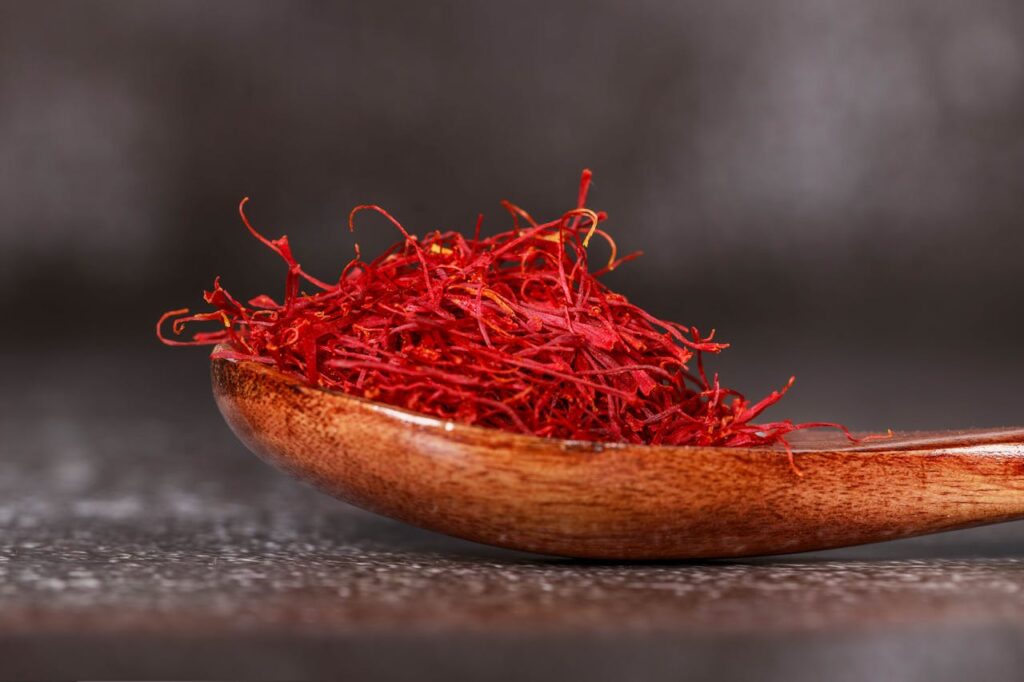
Harvested by hand from the Crocus sativus flower, saffron is celebrated for its golden color and complex taste, offering a subtle earthy and grassy note. Each thread is delicate and labor-intensive to collect, making it a luxurious addition to dishes like risotto, seafood, and desserts, where its distinct flavor and color can shine.
Sumac
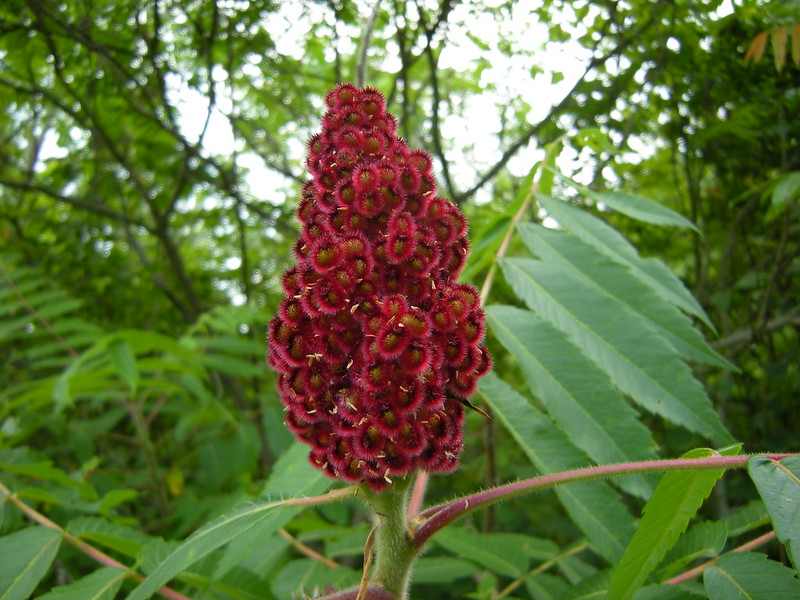
Sumac is a deep red spice that comes from the berries of the Rhus coriaria bush. It imparts a tangy lemon-like flavor without the acidity, making it excellent for seasoning meats, enhancing dips, or dusting over salads. It’s rich in antioxidants and adds both color and zest to any dish.
Grains of Paradise
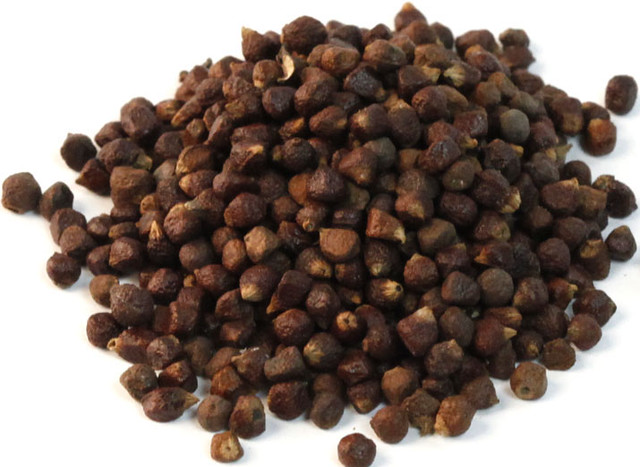
This spice, from the ginger family, features a complex flavor profile with peppery heat, hints of cardamom, and a refreshing citrus aroma. It’s used to add a spicy note to West African soups and stews, European baked goods, and even in craft beers for an unexpected flavor twist.
Annatto
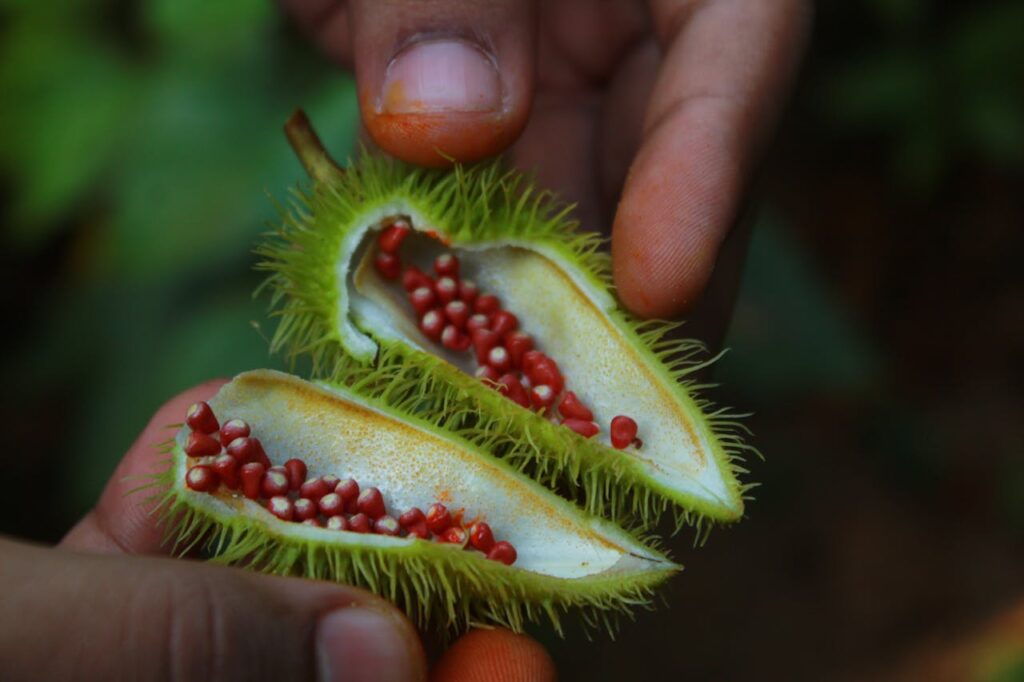
Derived from the seeds of the achiote tree, annatto is primarily used as a natural dye for its vibrant orange-red color, but it also offers a slightly nutty, earthy flavor. It’s often used in Caribbean and Latin American cooking to color rice, meats, and cheeses.
Mahlab
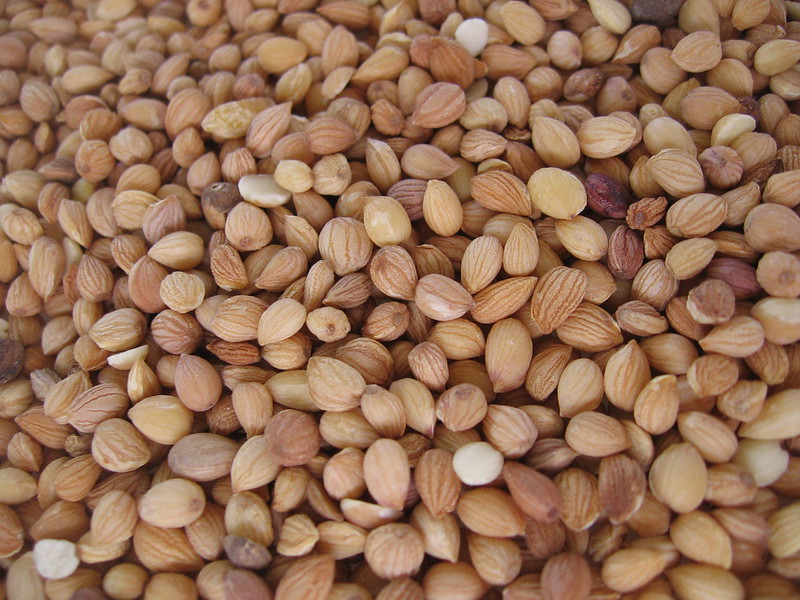
Sourced from the seeds of the St. Lucie cherry, mahlab is a spice used primarily in Middle Eastern baking. It gives a slightly bitter almond-cherry taste, which enhances the flavor of pastries, breads, and cookies, making them uniquely aromatic and subtly sweet.
Amchur
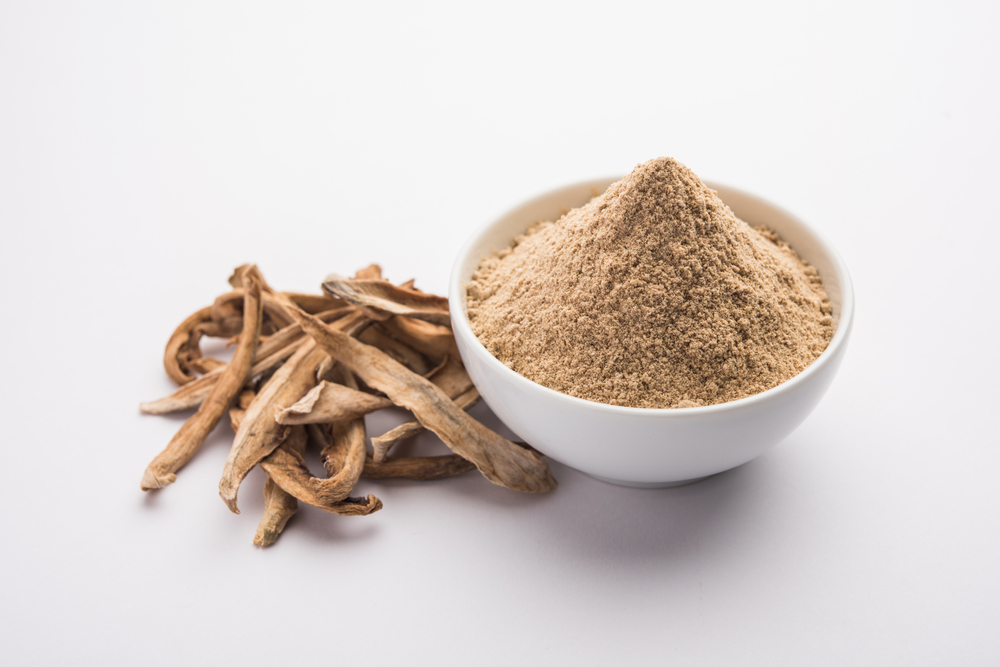
This powder, made from dried unripe green mangoes, adds a tart and slightly fruity flavor to dishes. Amchur is prevalent in North Indian cooking, used to bring acidity to curries, stews, and vegetarian dishes, often as a souring agent.
Galangal
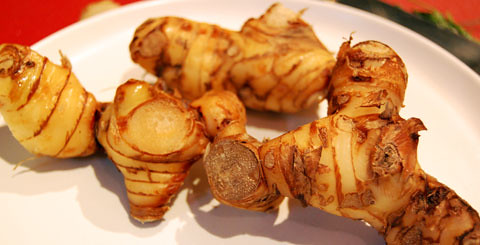
Often mistaken for ginger, galangal is a root that imparts a sharp, pungent flavor. Essential in Thai, Indonesian, and Malaysian cuisines, it’s used in curry pastes, soups, and stews, where it adds a clean, spicy element that distinguishes it from other roots.
Juniper Berries
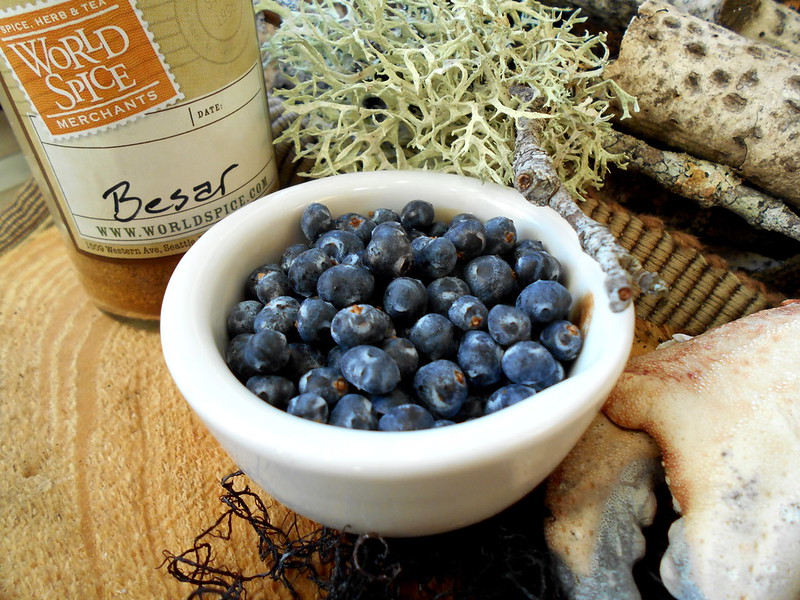
These small, dark berries have a piney, peppery flavor with citrus overtones. They are traditionally used to flavor gin but are also excellent in game dishes, sauerkraut, and as a spice for pickling.
Asafoetida
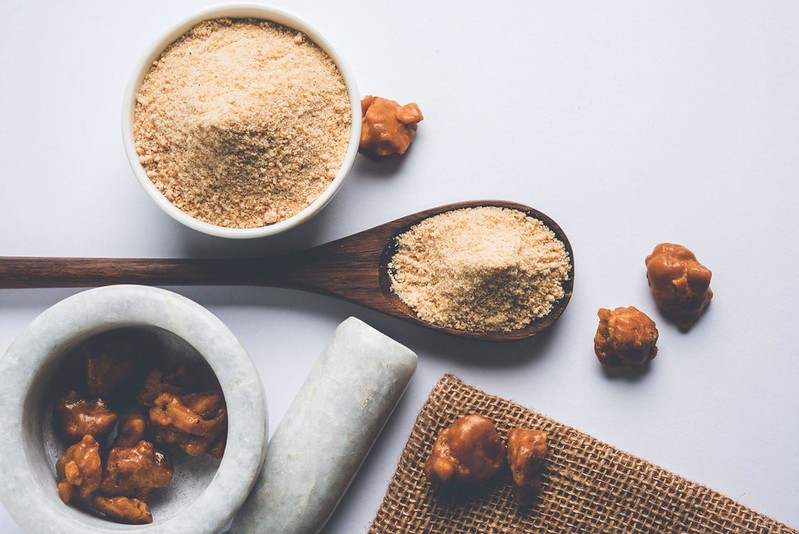
This pungent spice, derived from the resin of giant fennel plants, is used as a digestive aid and to add a savory, umami quality to dishes, especially in Jain and Brahmin Indian cooking where onions and garlic are avoided.
Star Anise
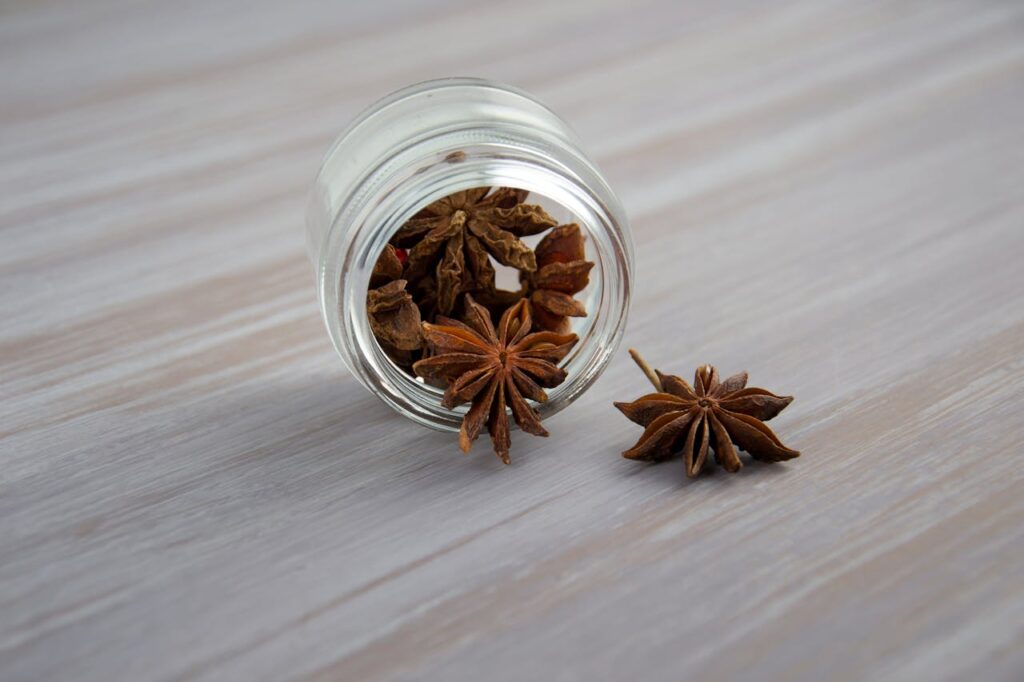
This star-shaped pod contains aniseed, which offers a licorice-like sweetness. Widely used in Chinese and Vietnamese cuisines, it’s a key component in broths and pho, imparting a deep, aromatic sweetness that is both soothing and digestive.
Black Cardamom
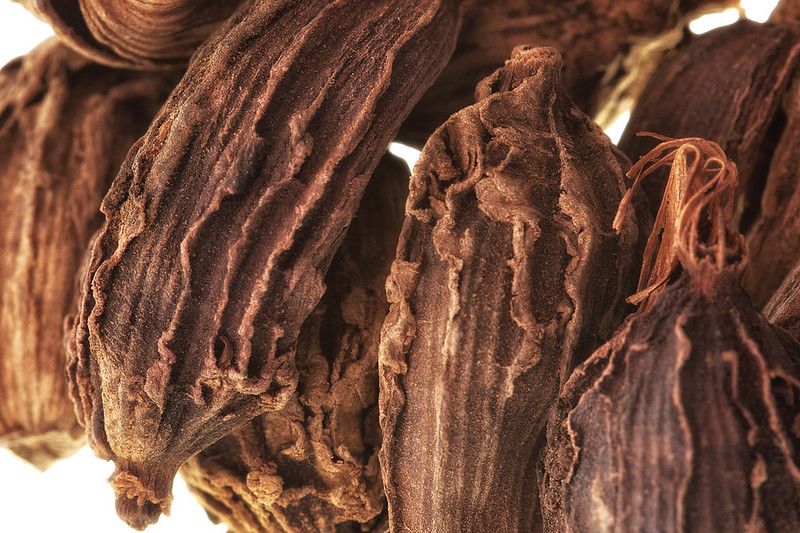
Larger and smokier than its green counterpart, black cardamom gives a camphorous flavor that’s essential in hearty Indian and African dishes. It works particularly well in slow-cooked recipes to deepen the flavors.
Ajwain
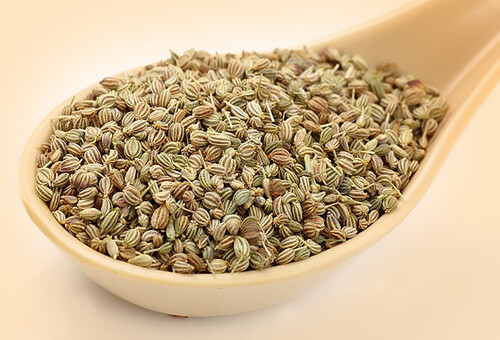
These small seeds taste like a sharper version of thyme and are known for their ability to reduce indigestion. Common in Indian cuisine, ajwain is excellent for flavoring breads like parathas and for seasoning deep-fried snacks.
Epazote
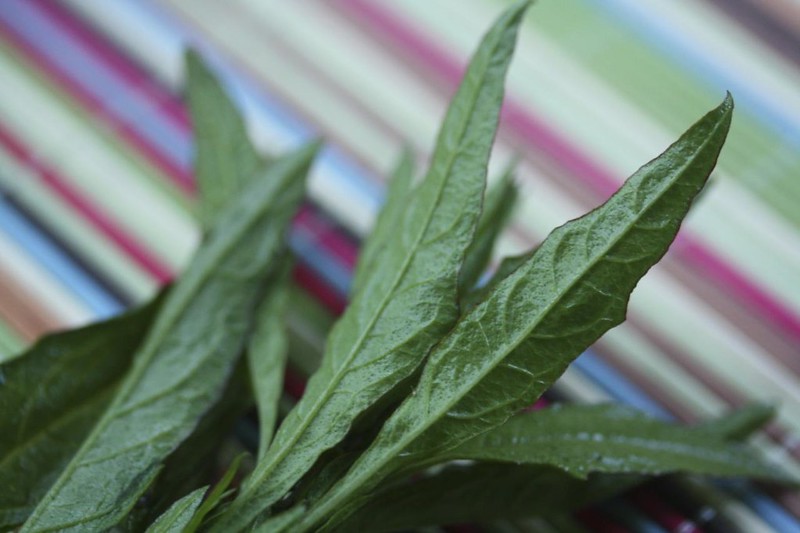
Known for its distinctive, slightly medicinal flavor, epazote is crucial in Mexican cooking for flavoring beans, as it helps to mitigate their gaseous effects. It’s also used in moles and other traditional dishes, where it imparts a unique earthy note.
Nigella Seeds
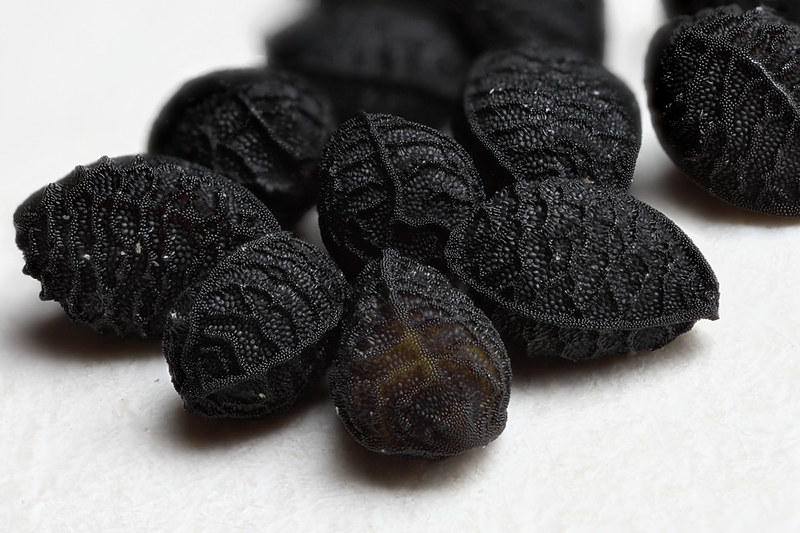
These small black seeds have a complex flavor with hints of onion, black pepper, and oregano. They’re used as a spice in Indian naans, Middle Eastern breads, and Eastern European pastries, adding both a crunch and a burst of flavor.
Kaffir Lime Leaves
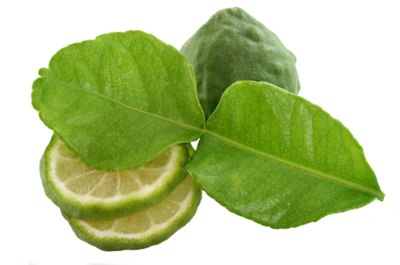
These glossy, dark green leaves are essential in Thai cooking, imparting a strong citrus flavor that is much more intense than that of the lime fruit. They’re used in curries and soups, often paired with coconut milk for a balance of flavor.
Lovage
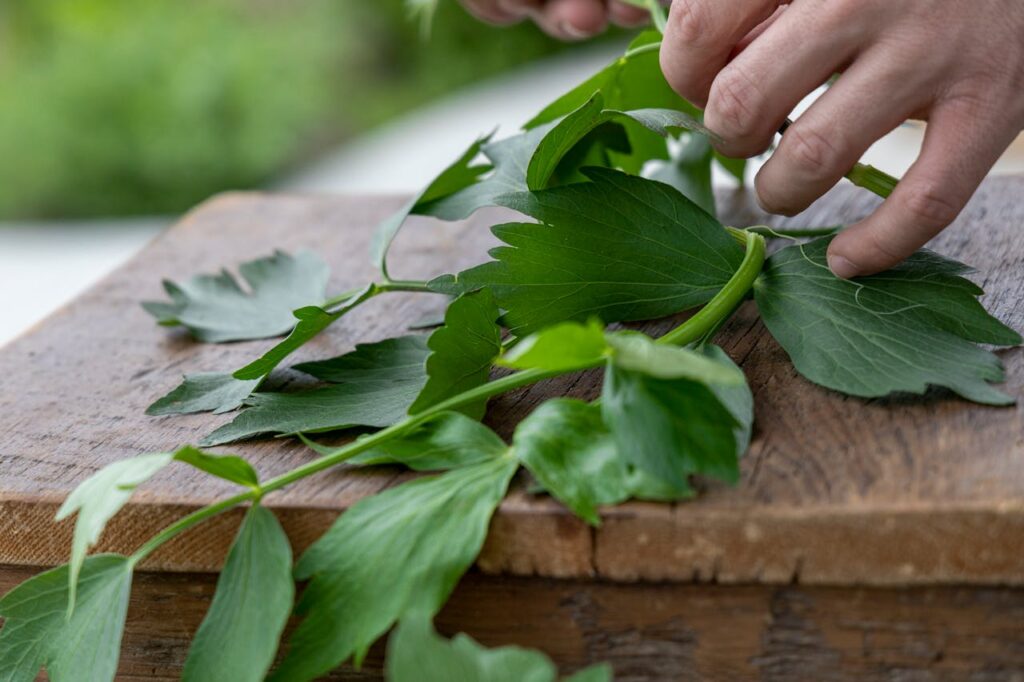
This herb resembles celery in flavor but is stronger and more robust, making it perfect for adding depth to soups, stews, and stocks. It can also be used fresh in salads or to infuse oils and vinegars.
Fenugreek
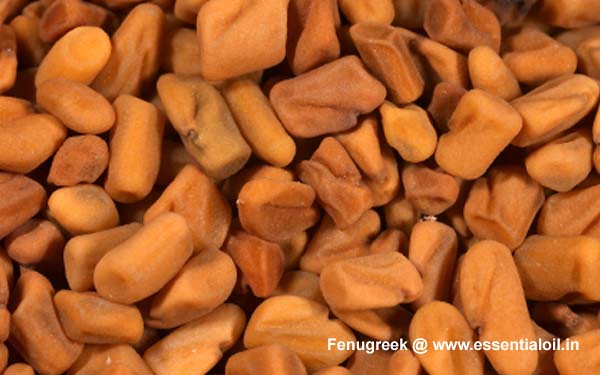
These golden seeds offer a sweet, nutty flavor reminiscent of maple syrup. In powdered form, they are a key component in spice mixes like Ethiopian berbere and Indian masalas, and are also used to flavor artificial maple syrups.
Pasilla de Oaxaca Chili
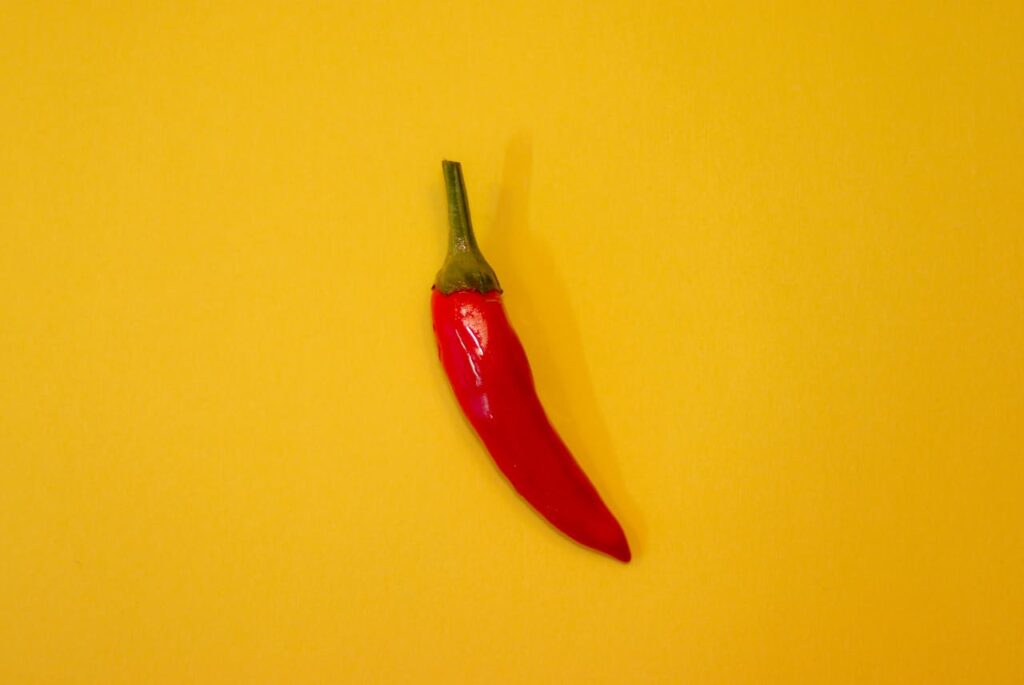
A smoked chili from Oaxaca, it offers a medium heat with a complex smoky flavor. It’s ideal for authentic Mexican mole sauces and can add depth to any dish that requires a rich, smoky element.
Szechuan Peppercorns
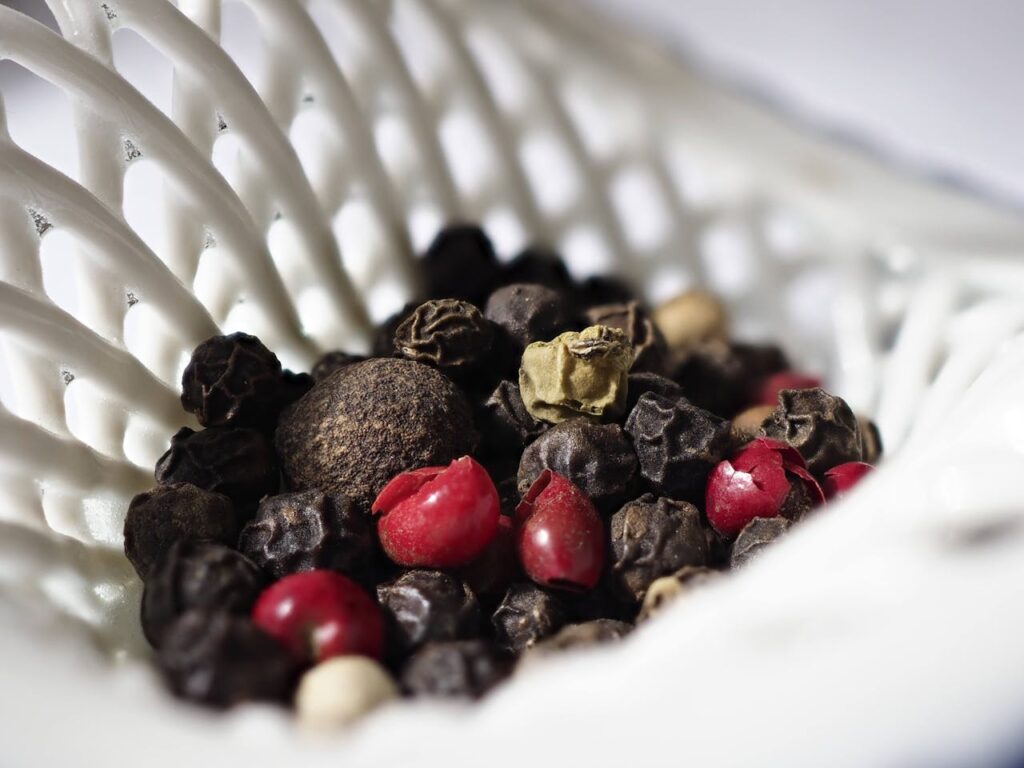
These aren’t true peppercorns but rather the dried berries of the Chinese prickly ash. They are famed for their numbing sensation and are crucial in Szechuan dishes, adding an element that balances both heat and spice.
Tonka Beans
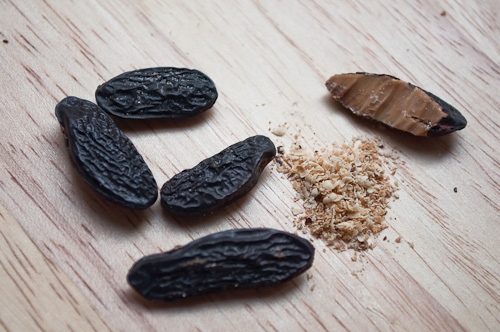
These wrinkled beans have a sweet flavor with notes of vanilla, almond, and cherry. Used sparingly in desserts and sweet dishes, they impart a perfume-like aroma that enriches the overall flavor profile. However, due to health regulations, they are used with caution in some countries.
This article originally appeared on UnifyCosmos.
More from UnifyCosmos
20 Family Codes That Strengthen Relationships

Discover how these rules, although not explicitly stated, play a vital role in fostering understanding and closeness among family members. Read more!
22 Skincare Myths Busted by Experts

This article debunks 22 common skincare myths, guided by expert insights. It aims to clarify misconceptions, from SPF usage to moisturization needs, providing readers with scientifically backed advice for optimal skin health. Read more!
20 Unique Meditation Techniques from Around the World

In this article, we explore some of the most unique meditation practices from around the world, each providing a window into the rich diversity of human contemplation. Read more!
Leave a Reply